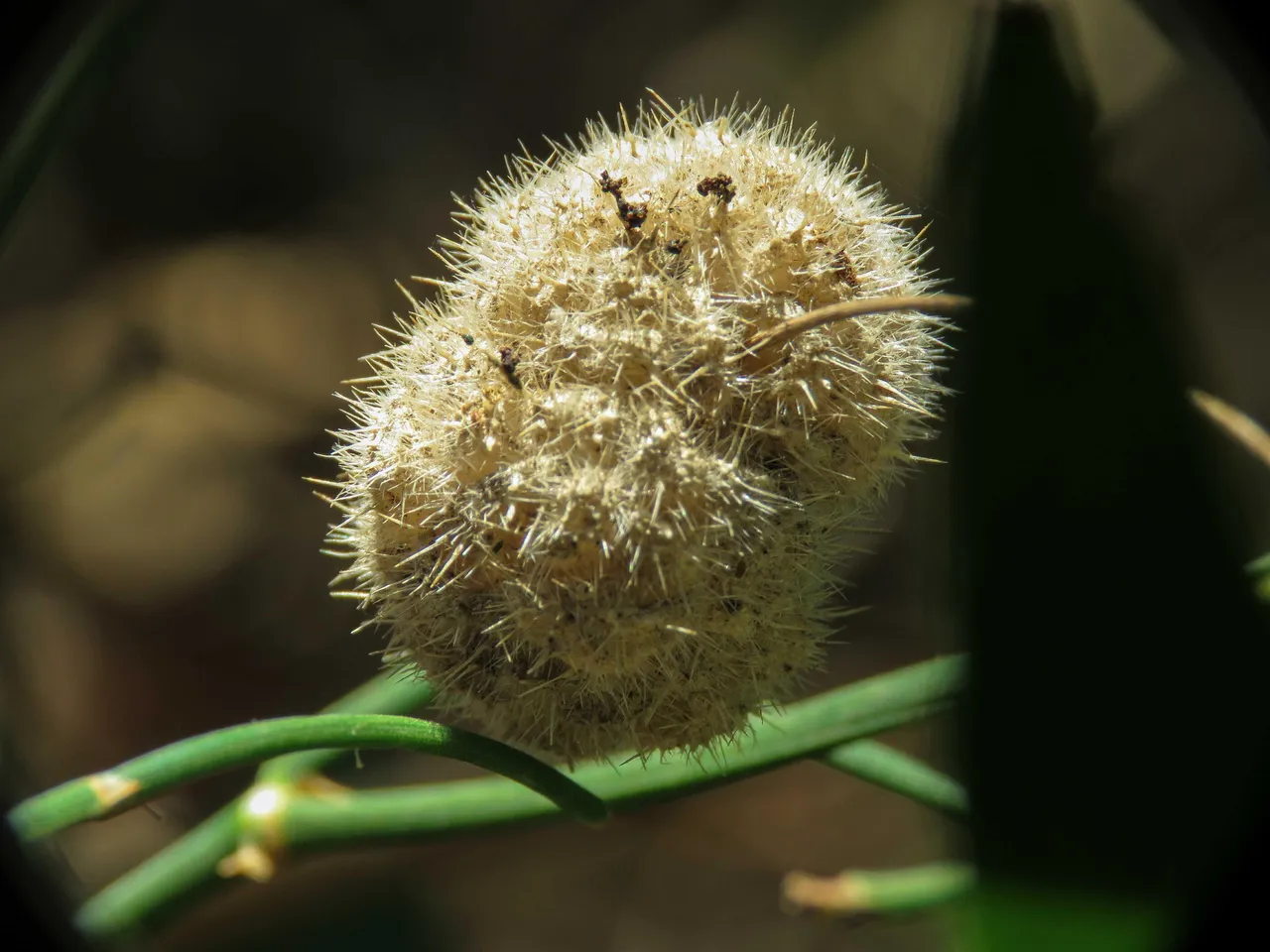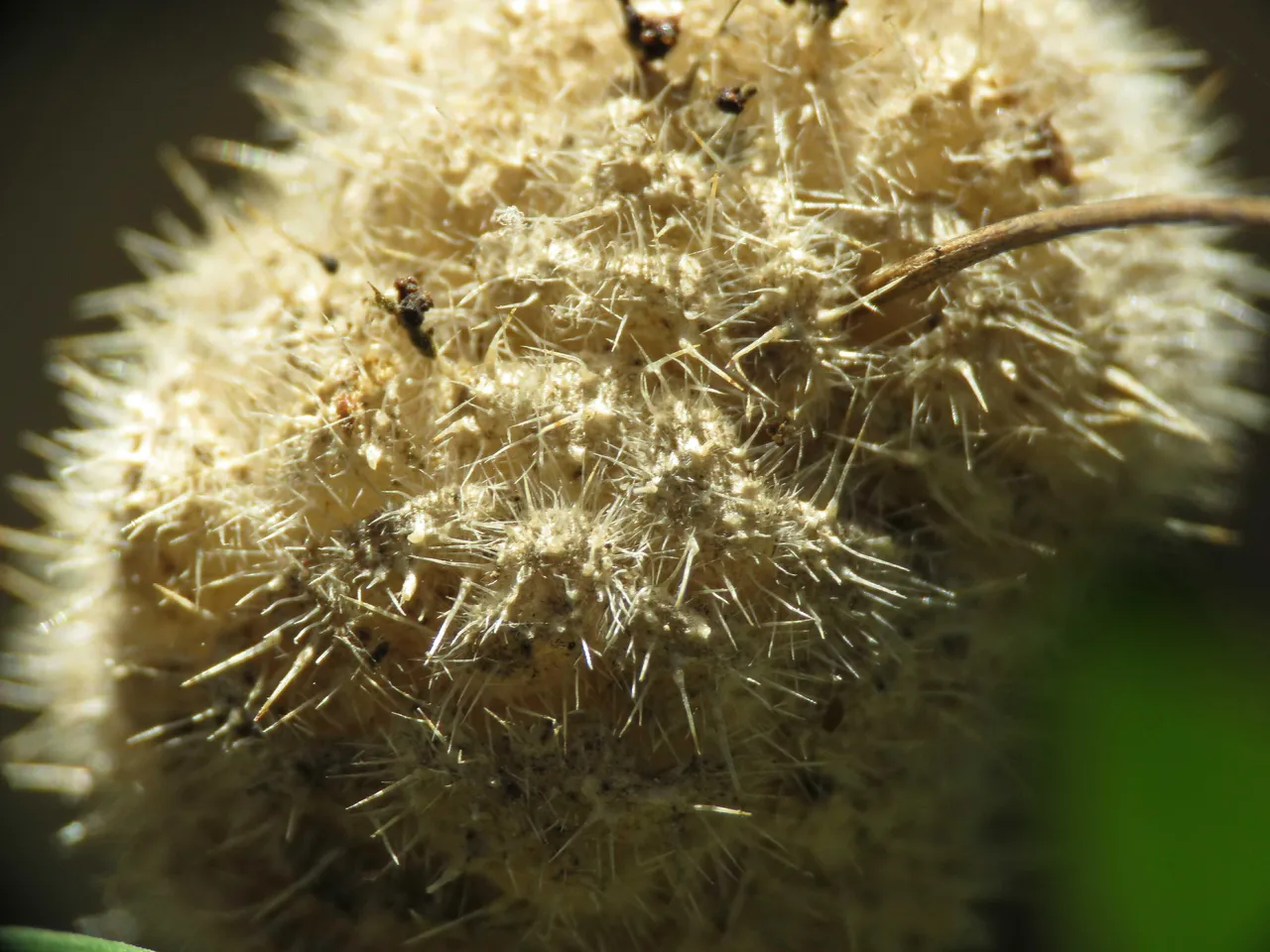In our walk through Tiv'on's forest I ran into some interesting plants and flowers.
One of the most interesting plants I ever ran into is the Roman Nettle
dry Roman Nettle fruit

The Roman Nettle is known to be a vicious one: with light contact to the skin, it injects stinging and painful material, burning even more than the common species - Stinging Nettle .
Not terrible and not dangerous, if one doesn't scrach and touch the infected area, the pain passes on its own within 5-10 minutes.

The Roman physician, Glennos, noted the use of fusillus, especially seeds to increase desire.
Nettles apparently wandered with the Roman armies in all the campaigns of occupation, because they were used for healing and the stems were woven ropes and rough fabrics.
When Julius Caesar's Legions conquered England, they brought the Nettle plant with them and used to beat it on their limbs to encourage blood flow during times of extreme cold.
In the 16 th century the Spanish conquistadors reported that the Aztecs had used the plant to treat bleeding from the nose and mix with the burned resin to speed up circulation and also to treat respiratory problems.
In central Mexico, the plant was used to stop hemorrhages and to treat joint pain, and the North American Indians also recognized its medicinal properties and used the plant to treat gout, joint problems, urinary irregularities, and respiratory problems.
The Roman Nettle leaves contain a large amount of an anteic acid that may burn when it comes into contact with the skin.
The hairs are the parts that contain the stinging materials.
macro photo of the stinging hairs

Cooking or drying the leaves eliminates the burning.
We all need one in our garden 😉
Enjoy!
Canon PowerShot SX60 HS + Raynox DCR-250 super macro lens
